Hyundai Accent (HC): Body Electrical System / Fuses And Relays
Contents:
- Components and Components Location
- Junction Box (Engine Compartment)
- Junction Box (Passenger Compartment)
Components and Components Location
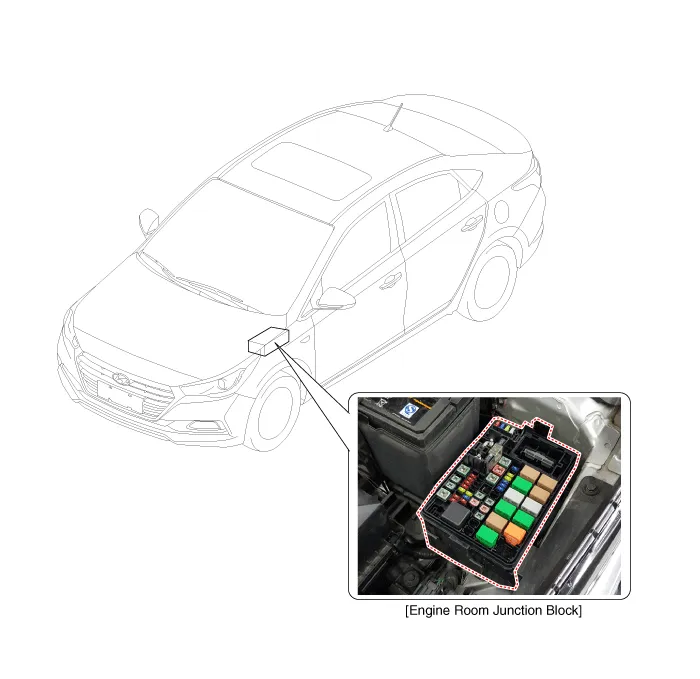
[Passenger Compart Relay]
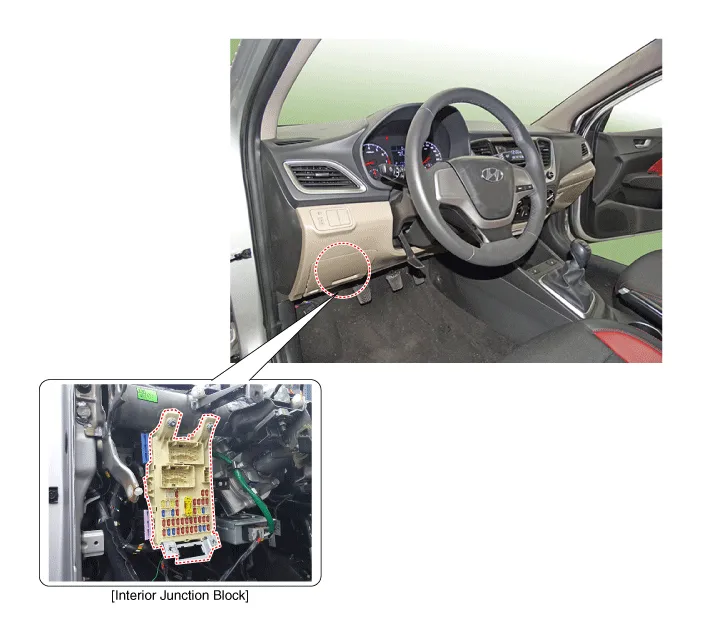
Junction Box (Engine Compartment)
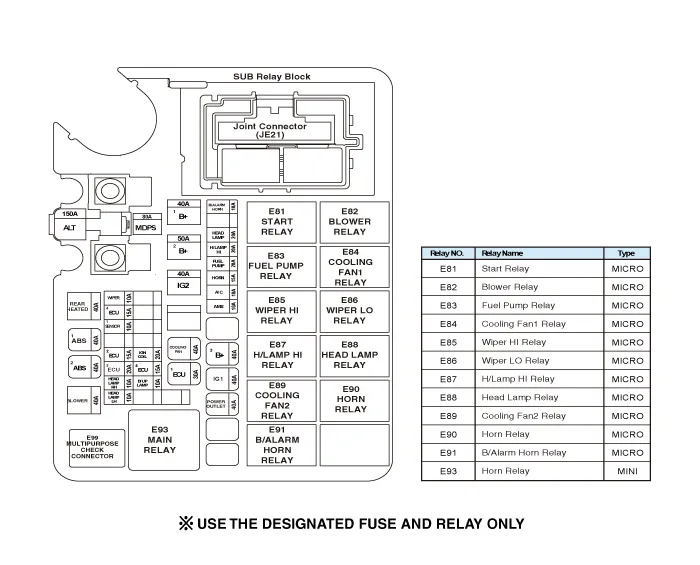
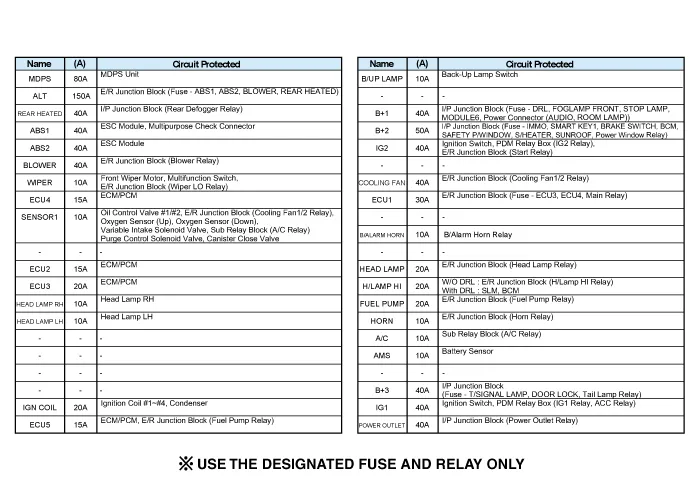
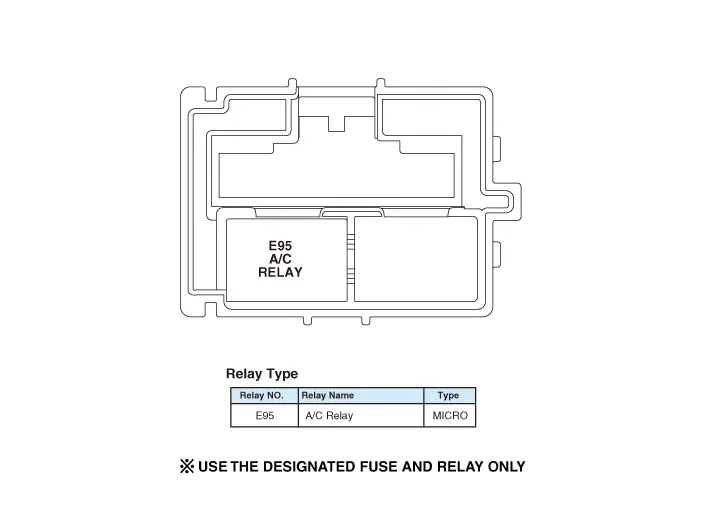
1.Disconnect the negative (-) battery terminal.
2.Pull out the relay from the engine compartment relay block.
3.Check for continuity between the terminals.
1)After supplying power to between No. 85 and 86 power relay terminals, check that there is continuity between No. 30 and 87 terminals.
2)After disconnecting power between No. 85 and 86 power relay terminals, check that there is no continuity between No. 30 and 87 terminals.
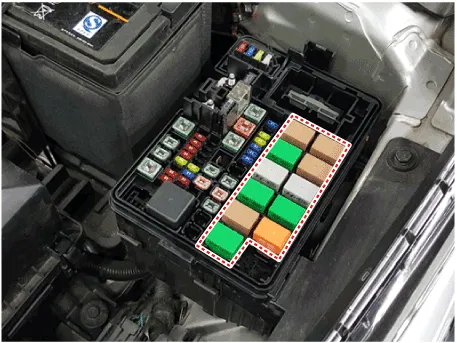
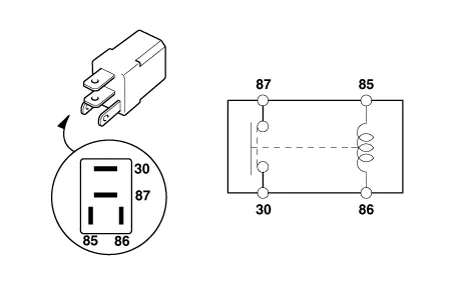

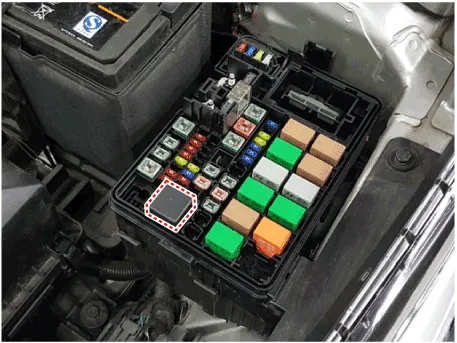
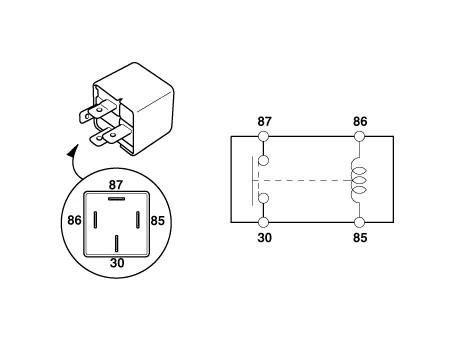

1.Be sure there is no play in the fuse holders, and that the fuses are held securely.
2.Are the fuse capacities for each circuit correct?
3.Are there any blown fuses?If a fuse is to be replaced, be sure to use a new fuse of the same capacity. Always determine why the fuse blew first and completely eliminate the problem before installing a new fuse.

– Multi fuse is needed to replace in the mass when it damaged only one fuse.
– When replace the multi fuse, refer to the "Engine compartment - component location" diagram exactly.
– Use the multi fuse capacities for each circuit correctly.
Junction Box (Passenger Compartment)
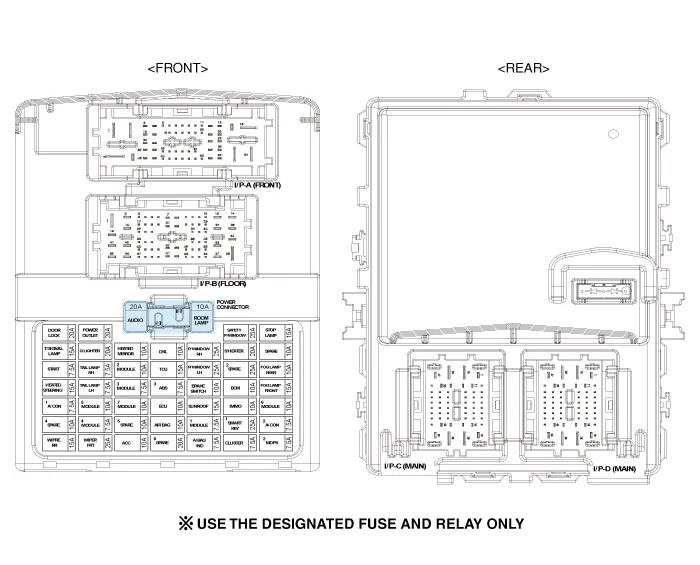
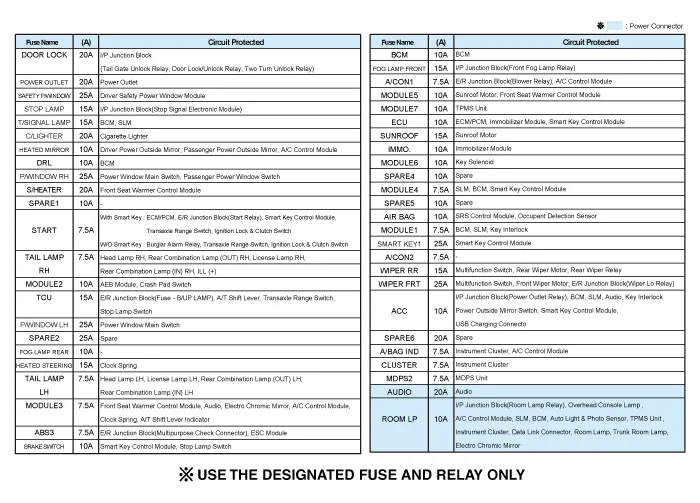
1.Be sure there is no play in the fuse holders, and that the fuses are held securely.
2.Are the fuse capacities for each circuit correct?
3.Are there any blown fuses?If a fuse is to be replaced, be sure to use a new fuse of the same capacity. Always determine why the fuse blew first and completely eliminate the problem before installing a new fuse.
1.The Interior Junction Block can be diagnosed by using the GDS. The Interior Junction Block communicates with the GDS which then displays inputs and outputs along with codes.
2.To diagnose the Interior Junction Block function, select the vehicle model, Interior.
3.To consult the present input/out value of Interior Junction Block, "Current DATA". It provides information of Interior Junction Block input/output conditions.
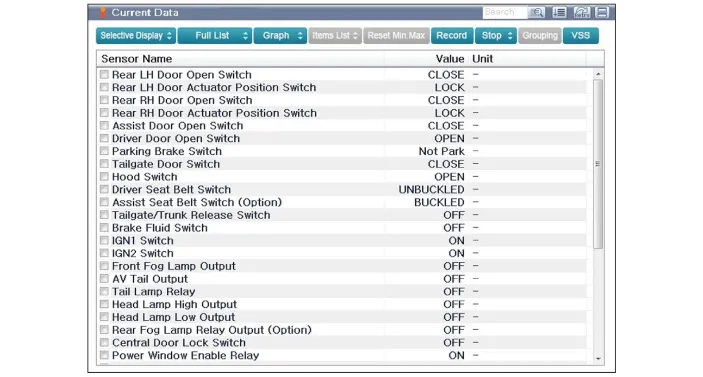
4.To perform functional test on Interior Junction Block outputs, select "Actuation Test"
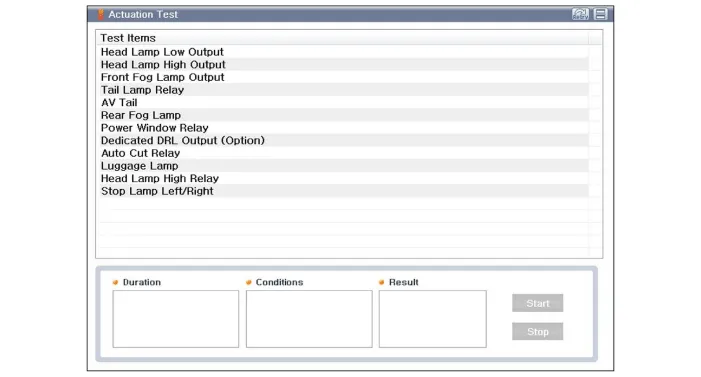
1.Disconnect the negative(-) battery terminal.
2.Remove the crash pad lower panel.(Refer to Body - "Crash Pad Lower Panel")
3.Disconnect the connectors (A) from the fuse side of the junction block.
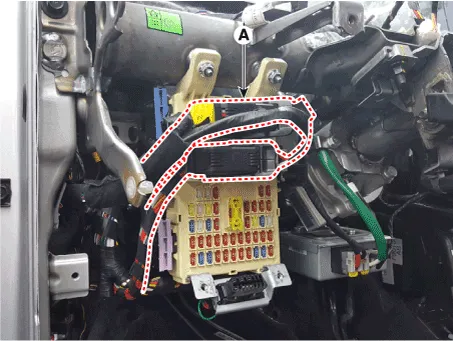
4.Remove the junction block (A) after loosening the mounting nuts.
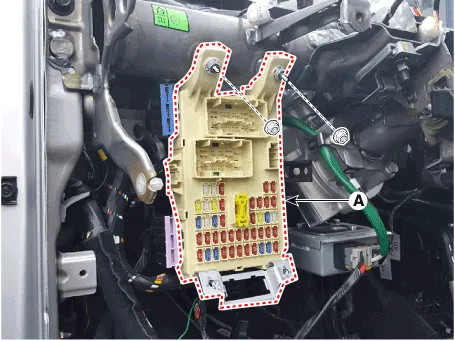
5.Disconnect the connectors (A) from the back side of the junction block.
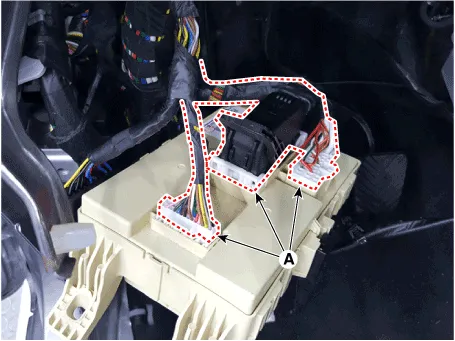
1.Install the Interior junction block.
2.Install the crash pad lower panel.
3.Check that all system operates normally.
Other information:
Hyundai Accent (HC) (2017 - 2022) Service Manual: Crankshaft
- Disassembly • Use fender covers to avoid damaging painted surfaces. • To avoid damage, unplug the wiring connectors carefully while holding the connector portion. • Mark all wiring connector and hoses to avoid misconnection. • To release the fuel system pressure before removing the engine assembly, start the engine without fuel pump relay.Hyundai Accent (HC) (2017 - 2022) Service Manual: Cylinder Head
- Removal • Use Fender cover to avoid damaging painted surfaces. • To avoid damaging the cylinder head, wait until the engine coolant temperature drops below normal temperature before removing it. • When handling a metal gasket, take care not to fold the gasket or damage the contact surface of the gasket. • To avoid damage, unplug the wiring connectors carefully while holding the connector portion.
Contents
- Components and Components Location
- Junction Box (Engine Compartment)
- Junction Box (Passenger Compartment)
Categories
- Manuals Home
- Hyundai Accent Owners Manual
- Hyundai Accent Service Manual
- Questions & Answers
- Video Guides
- Useful Resources
- New on site
- Most important about car
- Privacy Policy
0.0074


